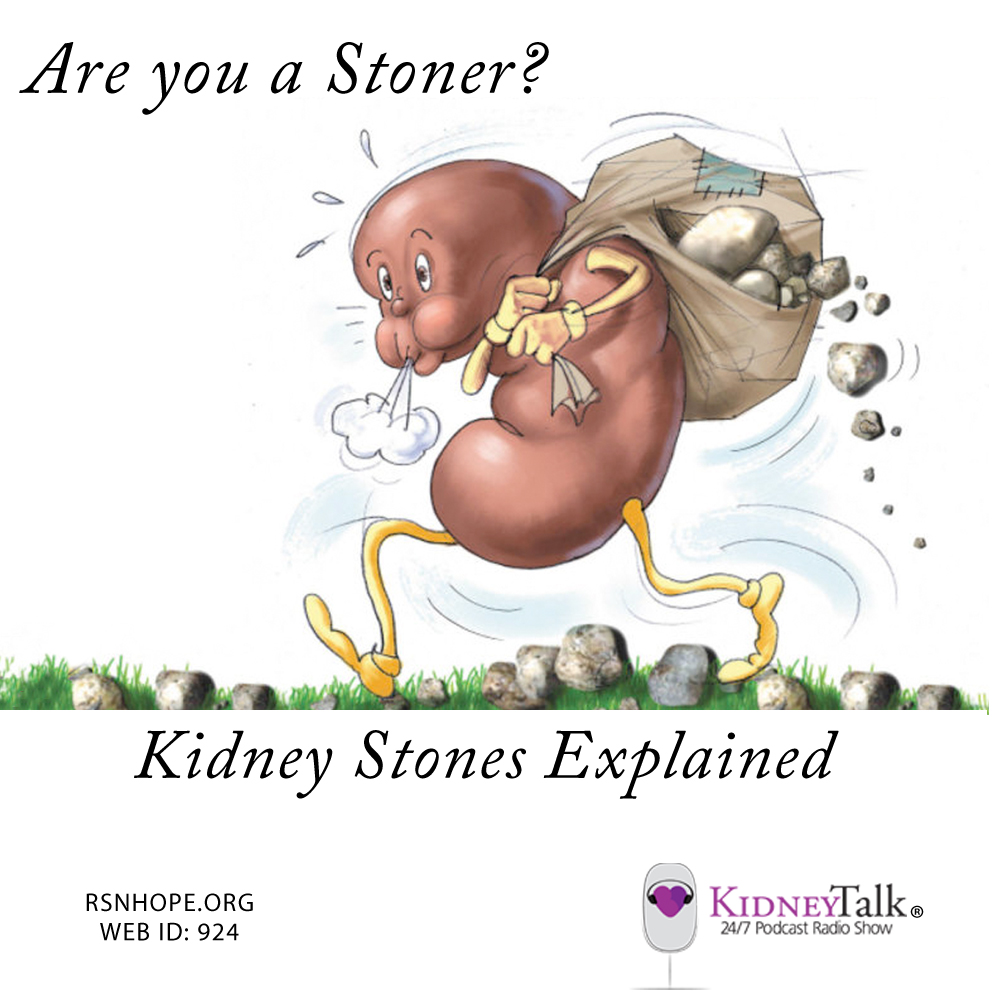Kidney stones are hard, pebble-like pieces of material that form in one or both of your kidneys when high levels of certain minerals are in your urine. Kidney stones rarely cause permanent damage if treated by a health care professional. Kidney stones vary in size and shape. They may be as small as a grain of sand or as large as a pea. You may have a kidney stone if you feel a sharp pain in your back, side, lower abdomen, or groin; or have blood in your urine. If you have a small stone that easily passes through your urinary tract, you may not have symptoms at all.
Kidney stones are caused by high levels of calcium, oxalate, and phosphorus in the urine. These minerals are normally found in urine and do not cause problems at low levels.
See a health care professional right away if you have any of the symptoms (at right). These symptoms may mean you have a kidney stone or a more serious condition. Your pain may last for a short or long time or may come and go in waves. Along with pain, you may have nausea, vomiting and fever.
Diagnosis & Treatment
Health care professionals use your medical history, a physical exam, and tests to diagnose kidney stones. The tests may also be able to show problems that caused a kidney stone to form. Doctors may treat your kidney stones by removing the kidney stone or breaking it into small pieces. You may be able to prevent kidney stones by drinking enough water, changing the way you eat, or taking medicines.
If you have kidney stones, drink lots of water unless otherwise directed by a health care professional. You may be able to prevent future kidney stones by making changes in how much sodium, animal protein, calcium, and oxalate you consume.
Source: National Institute of Diabetes and Digestive and Kidney Diseases


